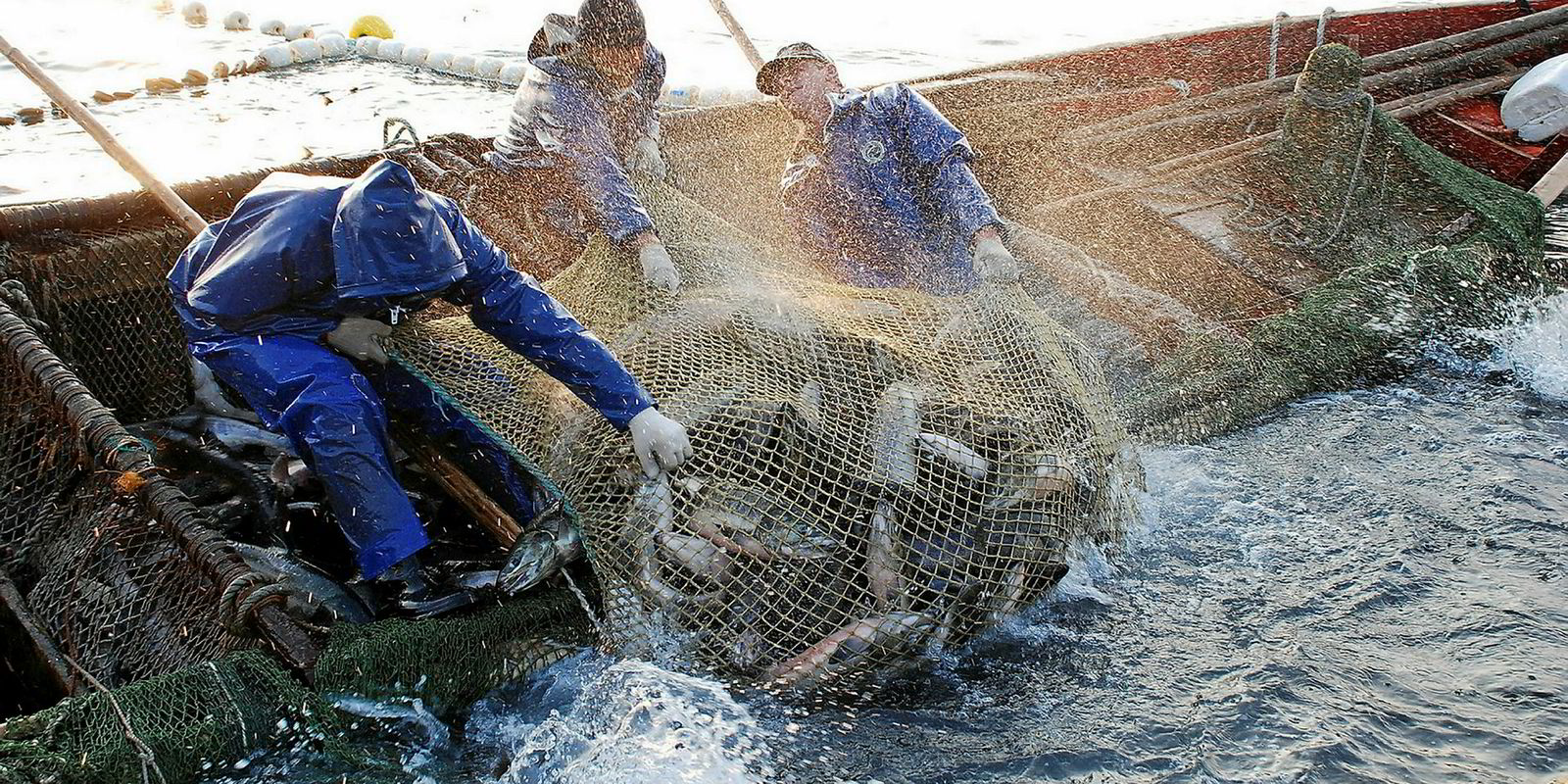The Russian pollock fishery in the Sea of Okhotsk has been recertified to the Marine Stewardship Council (MSC) standard for sustainable fisheries.
A deadline for public comments passed on Aug. 22 with no objections.
The MSC certificate was issued by Edinburgh-based Acoura Marine following the assessment process, which began in 2017.
According to the Russian Pollock Catchers Association (PCA), the Sea of Okhotsk MSC certification allowed its pollock catchers to increase frozen-at-sea (FAS) pollock fillet output by 2.3 times from 24,000 metric tons in 2012 to 54,000 metric tons in 2017.
PCA started the MSC recertification process for the pollock fishery in the Sea of Okhotsk in 2017; the recertification is good until Sep. 23, 2023.
“We managed to improve the results of 22 indicators out of 30 by 5 to 20 percentage points”, Alexey Buglak, vice president at PCA, told IntraFish.
“The overall results were also increased by 5 to 10 points, which shows the quality of management of the Russian pollock fishery is comparable with the level of whitefish fishery management in Norway, Iceland and New Zealand."
PCA is the largest public association in the Russian fishing industry. It includes 32 pollock catchers with an annual total harvest amounting to around 1.6 million metric tons.
The PCA members produce around 35 percent of the global pollock catch, more than 72 percent of the country’s overall pollock harvest and around 50 percent of the total Russian herring catch.
PCA produces 99 percent of the domestic FAS pollock fillets, 80 percent of the headed and gutted (H&G) pollock and 83 percent of the frozen pollock roe.
Buglak confirmed the recertification will facilitate access to the EU market for Russian pollock producers.
“MSC recertification of the Sea of Okhotsk pollock fishery will allow Russia to maintain and expand access for its value-added pollock products to the EU pollock market," he said.
Russia’s pollock total allowable catch (TAC) in the Sea of Okhotsk for 2018 was set at slightly more than 1.07 million metric tons, while the country’s overall pollock quota was set at 1.78 million metric tons, down 6 percent from last year's level.


